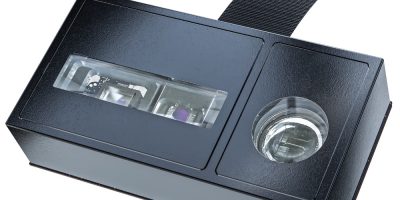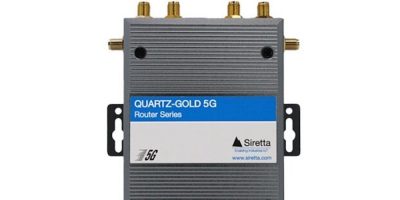In collaboration with device manufacturer OMS and pmdtechnologies, an expert in Time of Flight (ToF) technology, Infineon has developed a new high-resolution camera solution that enables enhanced depth sensing and 3D scene understanding for next-generation smart consumer robots. The new hybrid Time of Flight (hToF) solution combines two depth sensing concepts and helps significantly reduce maintenance effort and costs for smart robots.
Infineon’s REAL3 flexible ToF imager technology enables the combination of established high-resolution iToF flood illumination and dToF long-range spot illumination in a single hybrid Time of Flight camera. For many years now, this high-resolution technology has been used to see the smallest objects in the path of the robot and navigate around them. Adding precise long-range spot data now also allows creation of an accurate 3D map of the surrounding area for intelligent path planning experiences even in challenging light conditions of bright sunlight or darkness that empower the next-generation robot vacuum cleaner.
The new solution reduces the height of robot vacuum cleaners by 20-30 percent, fully replacing the top-mounted LDS (Laser Distance Scanner) making it possible to clean even under furniture with low clearance. Measuring only 31x16x8 mm, the hybrid ToF camera requires much less space for improved mapping and obstacle avoidance functionality. Making multiple sensors redundant, hybrid ToF reduces system costs as well as operation costs, since there are no moving parts that wear out over time.
The solution serves customers with a simplified and user-friendly approach to implementation. The compact hybrid ToF solution is versatile and robust and aligns well with the evolving needs of mobile consumer robot devices in various industries such as robot vacuum cleaners, commercial robots, air-purifiers and size measurement.







